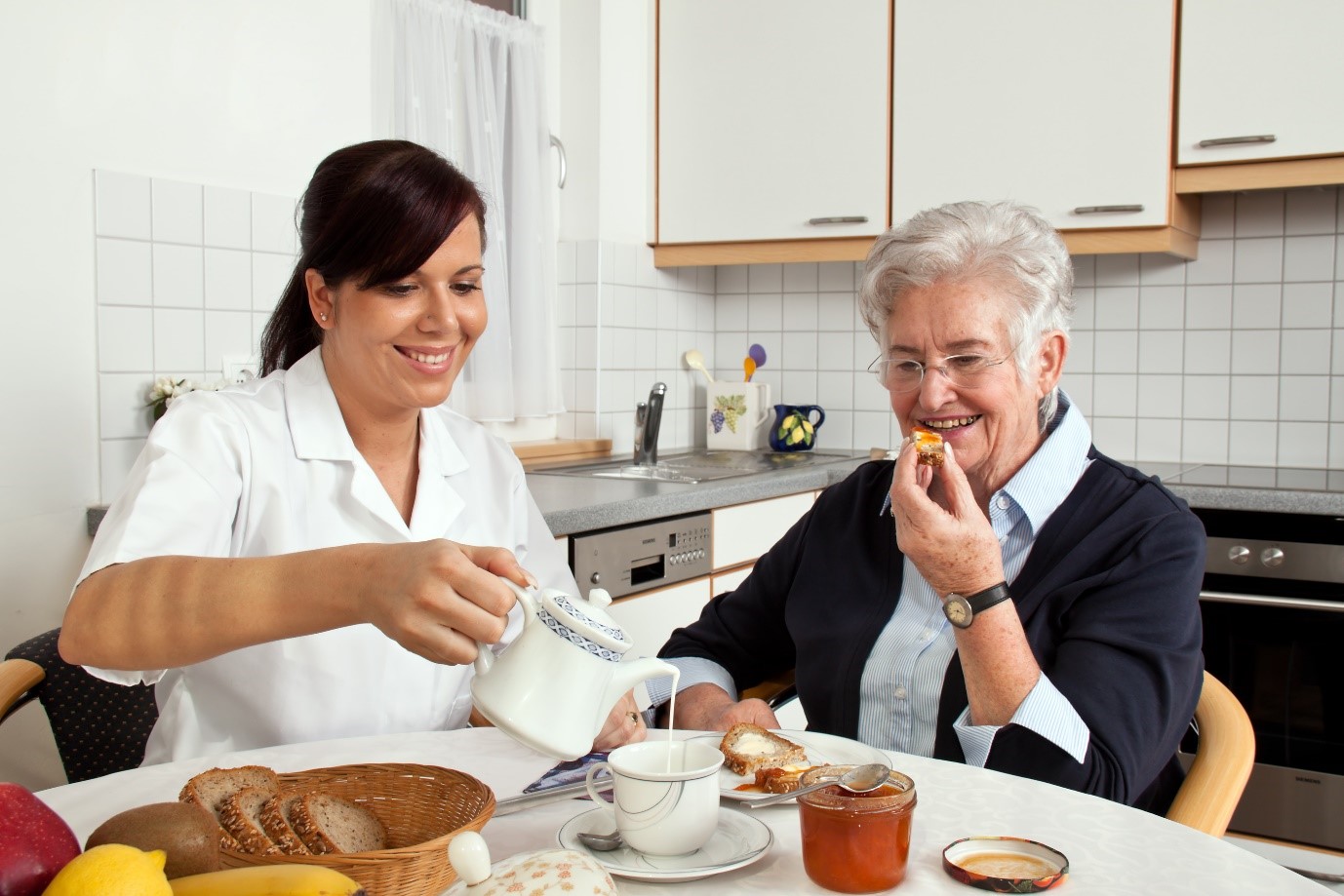You may have observed residents in your facility losing weight when they lose their appetite.
When one of your residents is eating less than usual and losing weight, they are at risk of developing nutrient deficiencies and malnutrition.
A resident may experience loss of appetite due to:
- Loss of taste and smell as they age
- Decreased saliva production leading to difficulty chewing and swallowing
- Slower gastric emptying which means food remains in stomach for longer
- Dental problems which may cause issues with chewing and swallowing
- Side effects from medications1
How can you encourage a resident to eat if their appetite is low?
First, check for any clinical issues that might cause low appetite, such as dental issues, swallowing difficulties, feeling unwell, or medications. Refer the resident to the appropriate health professional who can help address these issues.
Once these are addressed, turn your attention to how food is served to your residents. Almost all of us would agree that how food is served plays a big role in boosting a person’s appetite.
Your facility might like to consider trying some of these science-backed suggestions to improve appetite through foodservice:2,3
To help your resident boost their appetite:
- Be more flexible with mealtimes so that residents get to eat when they feel the most hungry. Remember, always inform your residents about these options, so that they are able to make the choice!
- Collect each resident’s food and meal size preferences during admission and review likes and dislikes regularly. You should also review food likes and dislikes whenever a resident’s appetite decreases.
- Fortify foodsby adding extra calories and protein to create a high protein high energy menu. This can be an effective strategy to allow for higher amounts of nutrients to be consumed without adding more food to their plate.
To help your facility’s menu and food service be appetite-boosting overall:
- Incorporate more flavorful spices, herbs, and vegetables.Pay attention to pureed or minced moist meals especially, to ensure the flavours aren’t monotonous. Maybe you could find a way to safely puree roasted vegetables or incorporate flavour-packed ingredients like cheese into some vegetable purees.
- Make additional food available outside of scheduled mealtimes. You could create a finger foods list or a short order menu for residents to order from when they feel more hungry. Some examples include sandwiches, cheese and crackers, yoghurts, quiche, sausage rolls, fortified milkshakes and omelettes. Again, advertise these widely to your residents, so that they know it is an option!
- Set up a positive dining environmentto enhance social interaction among residents and support intake
If you notice a resident’s appetite declining, it is important to speak with your Plena Healthcare dietitian. If you need further support, contact us on 136 033.
References
- Pilgrim, A. L., Robinson, S.M., Sayer, A.A., & Roberts, H.C. (2015). An overview of appetite decline in older people. Nursing older people, 27(5), 29-35.
https://doi.org/10.7748/nop.27.5.29.e697 - Volkert D, Beck AM, Cederholm T, Cruz-Jentoft A, Goisser S, Hooper L, Kiesswetter E, Maggio M, Raynaud-Simon A, Sieber CC, Sobotka L. ESPEN guideline on clinical nutrition and hydration in geriatrics. Clinical Nutrition. 2019 Feb 1;38(1):10-47.
- Bartl, R. and Bunney, C. (2015) Best practice food and nutrition manual for aged care homes. Edition 2.2



